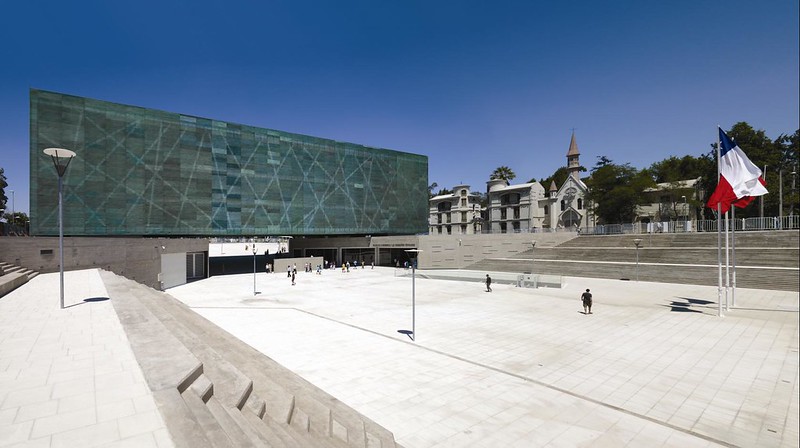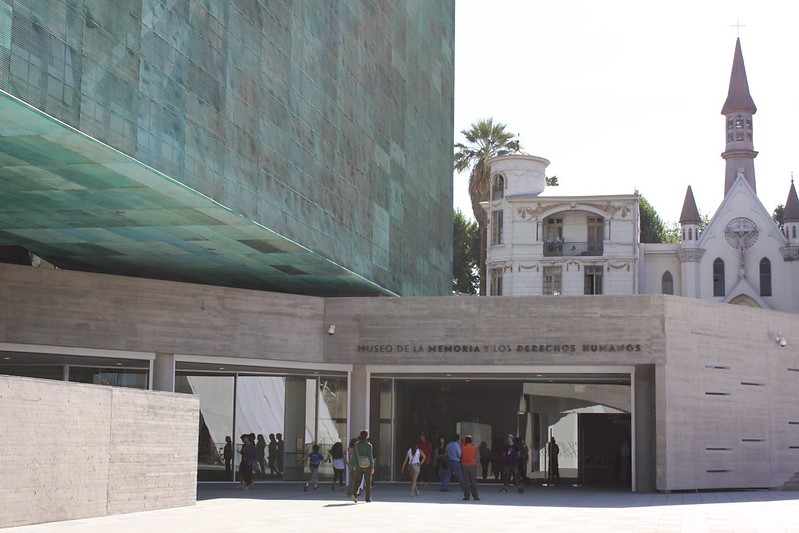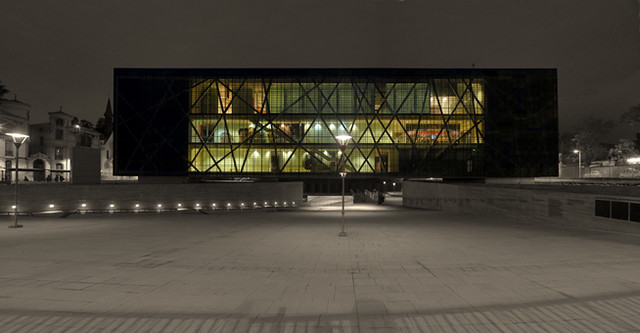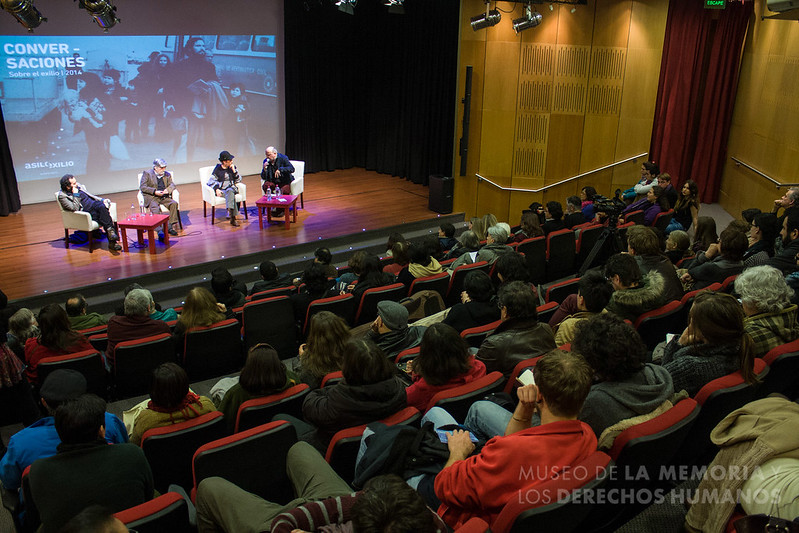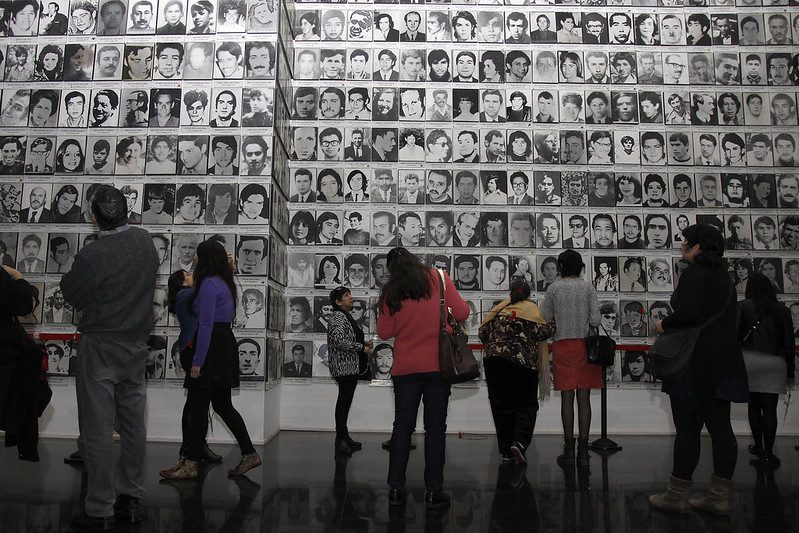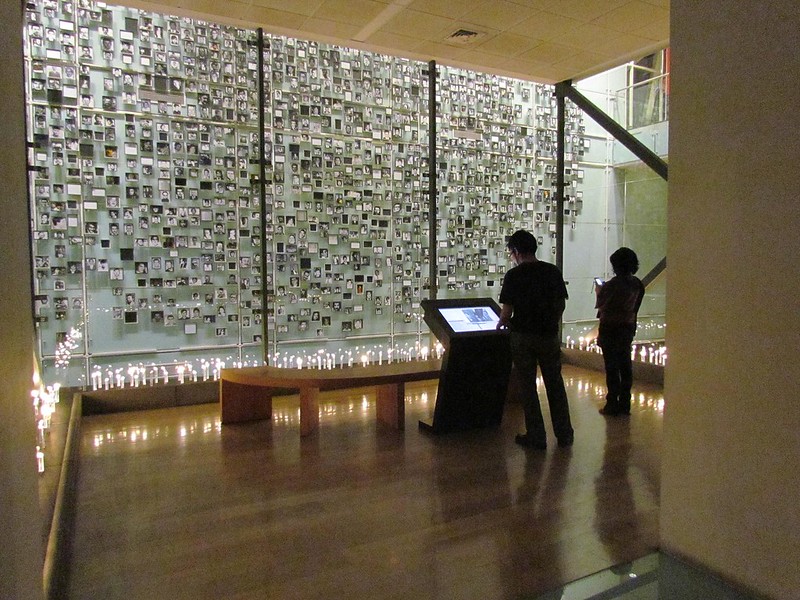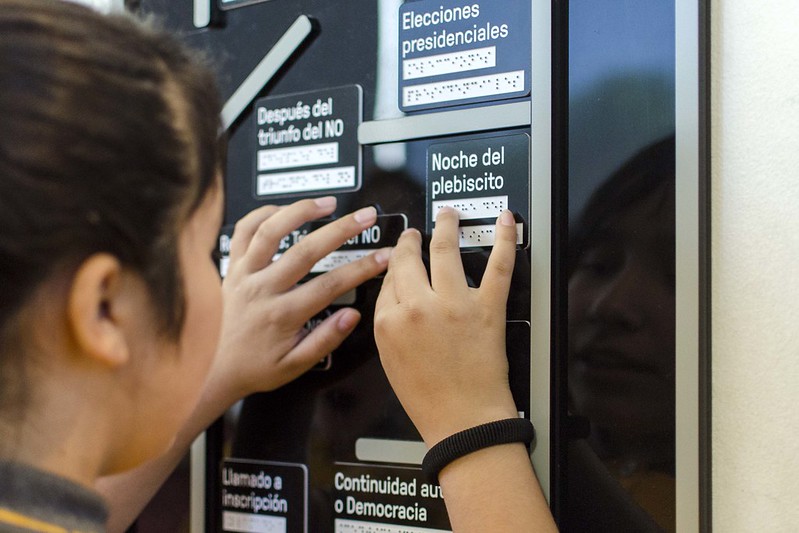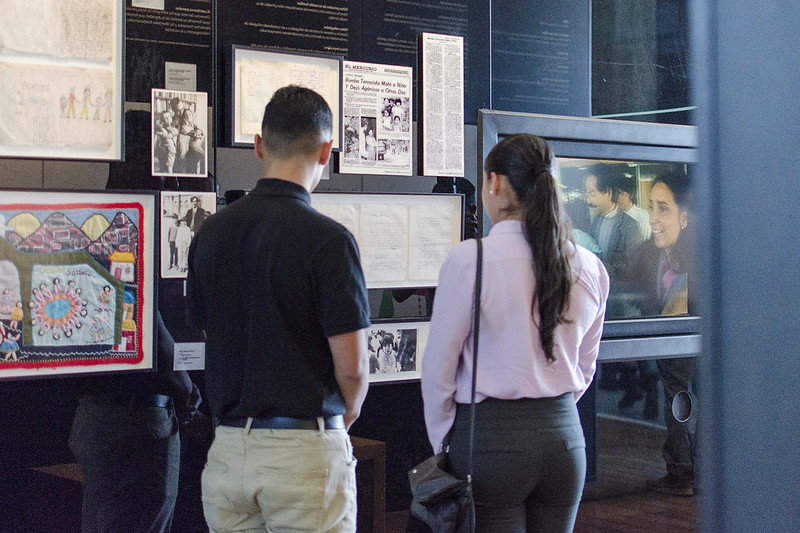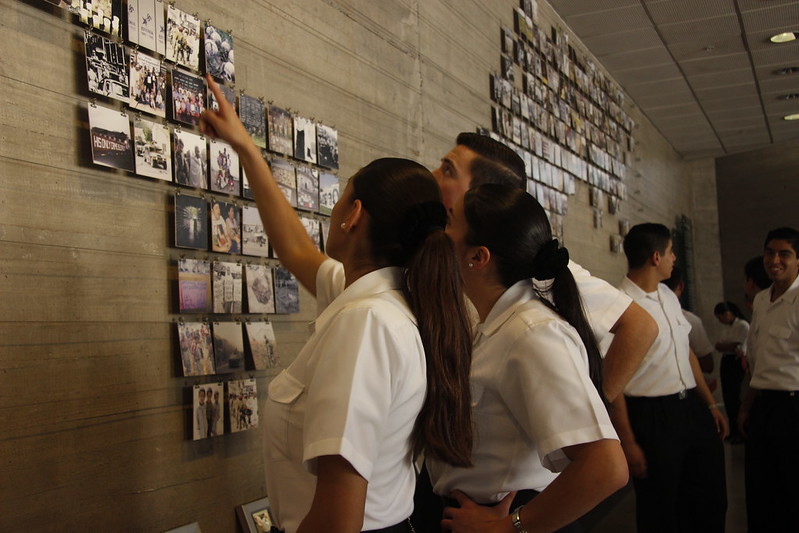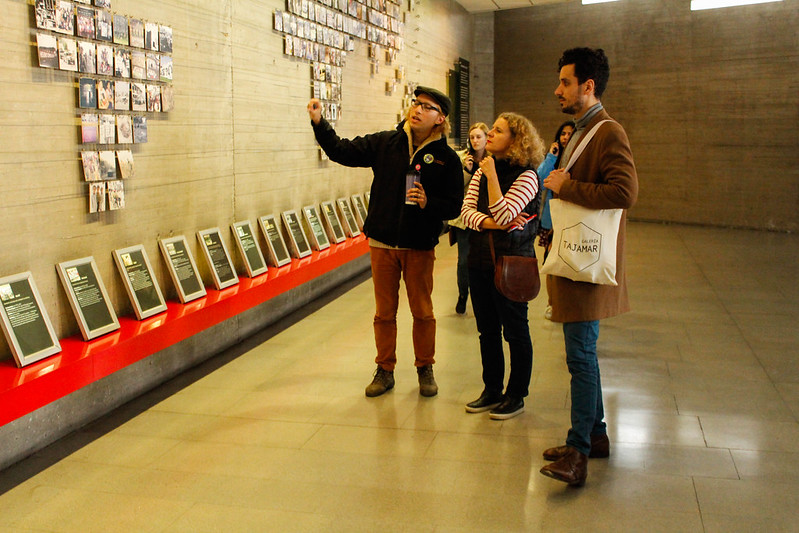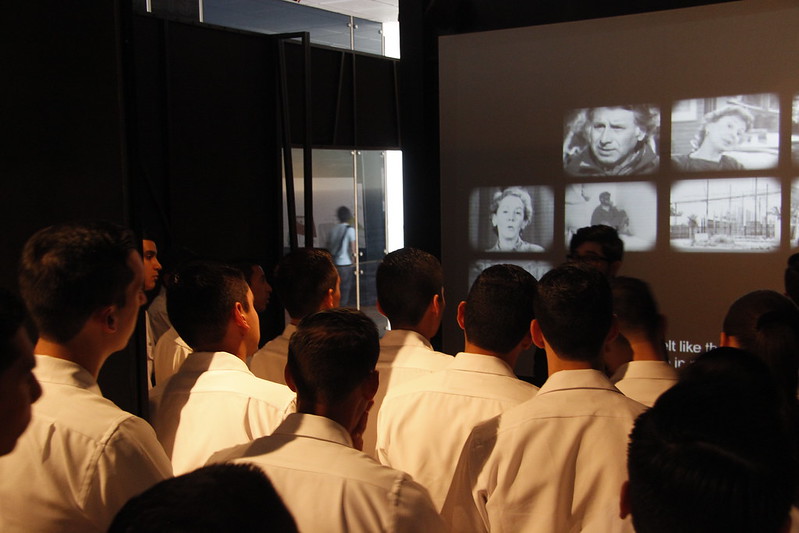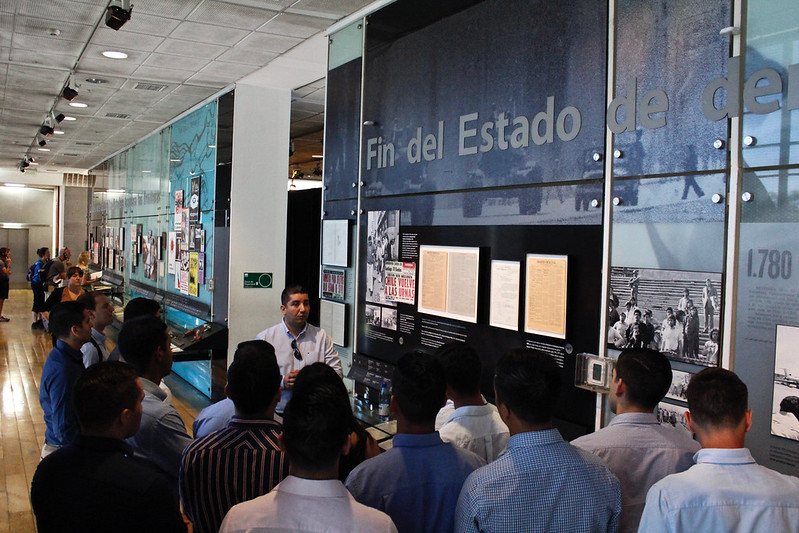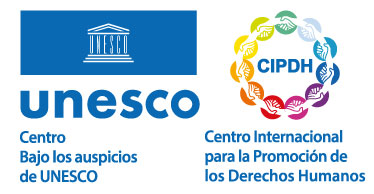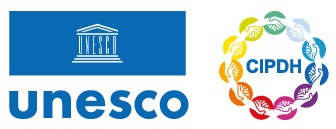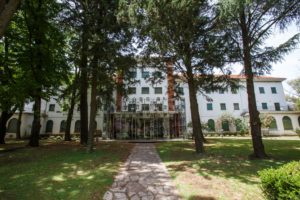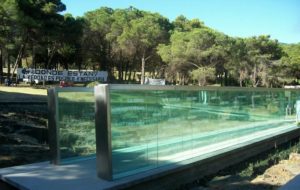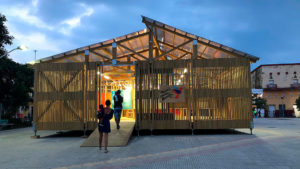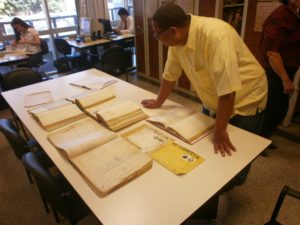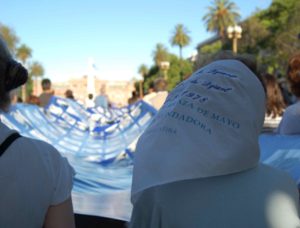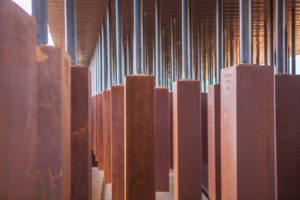Memory and Human Rights Museum
Museum
Theme: Political persecution

Address
Matucana 501
Country
Chile
City
Santiago de Chile
Continent
America
Theme: Political persecution
Purpose of Memory
Remembering and commemorating the victims of human rights violations committed in Chile during the last Chilean military dictatorship (1973-1990).
Institutional Designation
Memory and Human Rights Museum
Date of creation / identification / declaration
2010
Public Access
Free
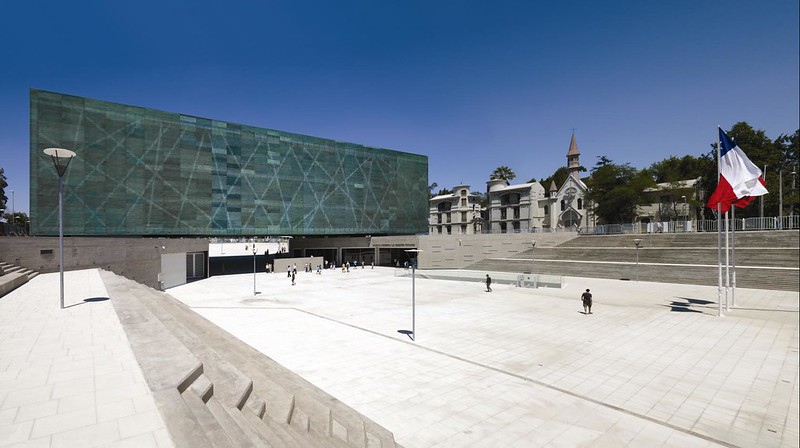
Location description
The Memory and Human Rights Museum is a modern three-story building located in the district of Santiago, the capital city of Chile. Inside it houses a great variety of testimonies, documents and archives in different formats and supports, which exhibit memory accounts on the violations of human rights committed during the last Chilean military dictatorship (1973-1990), their background and the democratic transition process.
On November 4, 1970 Salvador Allende, leader of the Front of Popular Action, became the President of the Republic of Chile after democratic elections. His government proposed to set up a socialist regime and to build a popular State with great economic intervention in the country. Within the international context of the Cold War, Chile increased its commercial relationships with the Soviet Union and the bloc of socialist countries.
In 1973, the country was facing an economic crisis and an inflationary process which worsened due to the economic blockade of the Government of the United States and the consequent ban of Chilean imports to that country. At the same time, the government was facing the opposition of the National and Christian Democratic Parties and the rejection of most of the unions. On September 11 1973, the rebellious armed forces carried out a coup d’état and demanded the resignation of president Allende, who announced he would not surrender and died in the bloody attack perpetrated by the army at the Palacio de la Moneda.
After the dissolution of the National Congress, the dictatorship was led by a council of military government headed by the Army Commander-in-Chief, Augusto Pinochet, who governed in a state of emergency in which the political parties and social and union demonstrations were banned. As of 1974, security and intelligence bodies –particularly the National Intelligence Directorate (DINA) – exercised a systematic policy of persecution and repression to any form of opposition or dissidence with the military regime.
The claims and protests against the dictatorship were increasing and it was only in 1988 that a referendum was called, in which the citizens voted in favor of the call to democratic elections.
On March 11, 1990, Patricio Aylwin took office as the first democratic president after the coup d’état. However, the political regime continued conditioned by the presence of General Pinochet, who was the chief of the Chilean Armed Forces until 1998 and then, as life senator, he continued exercising certain guardianship over the Chilean army.
In April 1990, the new democratic government created the National Committee of Truth and Reconciliation which investigated the crimes committed during the dictatorship. The number of arrested, tortured and exiled people ran into 40,000, among which more than 3,000 were murdered or remain missing.
The period of the military dictatorship had a strong impact on the Chilean society, its political institutions and behaviors. The Concertation of Parties for Democracy, the coalition which governed Chile from 1990 to 2010, proposed to clarify the truth and reestablish justice in terms of human rights. In 1990, it created the National Committee of Truth and Reconciliation, which on March 4, 1991 published a report on the investigation of the crimes and the violations of human rights committed during the dictatorship, known as Rettig, due to the fact that the investigation was led by professor Raúl Rettig. Subsequently, the Committee on Prison, Politics and Torture continued the investigation, this time led by Monsignor Sergio Valech and submitted the report known as Valech. Both committees recommended the construction of memorials and sites of memory to dignify the victims.
In Chile, the recovery and the conservation of the spaces where severe violations to human rights were committed have been mainly carried on by the civil society’s initiative. Out of the 1,132 sites of memory identified by the Valech report, 40 have a statutory protection of the Council of National Monuments, 17 were recovered as sites of memory for the human rights organizations and 13 are activated and open to the public.
The government of Michelle Bachelet (2006-2010 and 2014-2018) set up policies of memory and reparation of the crimes committed during the military dictatorship. The Memory and Human Rights Museum was opened in 2010 as one of the symbolic reparation initiatives. The site was conceived to exhibit testimonies of the repression exercised by the military dictatorship permanently, with the purpose of preserving the memory on the violent acts perpetrated. For the construction of the building, an international bid was called, where the Brazilian office Estudio América was selected to build a modern space of 5,000 square meters.
The museum has oral and written testimonies, legal documents, letters, stories, literary production, press material, documentary movies and photographs which offer a chronologic reconstruction of the seventeen years of military dictatorship. The exhibitions cover subjects such as the coup d’état, the systematic repression plan, the resistance, the exile, international solidarity and the transition process towards democracy. In addition, temporary exhibitions, workshops, conferences, theater and cinema presentations, and several educational and training activities in human rights. The files of the Committee of Truth and Reconciliation and the Committee on Prison, Politics and Torture are kept in the site. Furthermore, The Documentation Center of the Museum offers a Digital Library where the public can have access to the collections of the digitalized documents.
The Museum also has the exhibition of “State Secrets. The Unclassified History of the Chilean Dictatorship”, an investigation on the link between the United States with the military dictatorship. In the exhibition, documents and memoranda provided by the Archive of National Security and the US State Department are shown.
